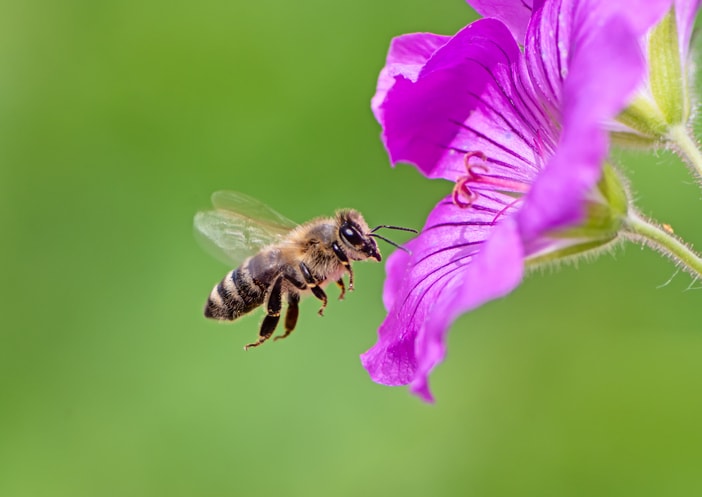Let’s Restore the Bee Buzzing and the Colors of Butterflies
 Photo: © iStock 1005384726_manfredxy
Photo: © iStock 1005384726_manfredxy - Resource Type
- Project
- Subjects
- Biology Earth Science
- Topics
- Climate Change Ecosystems Sustainability
- Time for activity
- 60 Minutes
In recent many, the sights if birds nesting, the appearance of butterflies and other flying insects, and the strength of bee colonies have all declined.
- Introduction
-
In recent many, the sights if birds nesting, the appearance of butterflies and other flying insects, and the strength of bee colonies have all declined. We are also observing new types of insects. After research we found that the introduction of exotic plants, spray of pesticides and insecticides, monoculture and many other reasons are contributing to such changes. Although people are enthusiastic to conserve nature but due to global warming, heat waves, flood, etc. most of them lack sustainable approaches. Our mission is to create awareness that how a plantation drive can be sustainable with economic benefits too. When the students investigate their surroundings, they will find that how each type of indigenous plants are crucial for maintaining the soil composition, restoring moisture and nutrient levels of the soil, regenerating the habitat for other species like birds, butterflies, bees. Students would also find out the economic aspects so the conservation of environment can be practiced on sustainable grounds.
- Key Objectives
-
- To develop student’s observation and investigation skills.
- To create awareness with their surrounding and its importance to maintain the ecosystem.
- To increase the sense of responsibility in conserving the environment.
- To make the students understand that how growth of natural vegetation effects the type of soil, habitat and the eco systems.
- To help students classify the indigenous and exotic plants.
- To help them develop a sustainable approach towards conservation of the environment.
- Guiding Questions
-
- Keenly observe your surrounding (your backyard or your school garden or in any park) and find at least 2 to three areas where you can find different biodiversity. List down the type of vegetation present on each selected area and possible reasons for the different biodiversity at the same area. (This may be because of variable supply of water or sunlight or the area may be consisting of thick vegetation which may increase the humus in the soil etc.)
- Assist the students to Identify the plants in your selected areas, are they indigenous or exotic.
- Collect the sample of soil from each area.
- State the differences in soil composition in each jar.
- State the color of soil present in each jar.
- Find the moisture conditions of soil and the reasons for your finding.
- Find in what type of soil or plants you may explore more ants, earth worms or other insects.
- Explore that on what type of vegetation you may notices bird nest, bees or butterflies.
- Evaluate your finding with each other and find out which group was able to find more diverse habitat and the possible reasons for it.
- How can our environment be affected due to monoculture practice?
- Find the connection of your finding with the type of soil, microbes of another habitat.
- Find out a sustainable solution to fix the deficiency of moisture and humus contain in the soil so that we can conserve our natural vegetation.
- Find out the economic benefits of restoring the natural vegetation of the allotted area.

/rating_on.png)
/rating_half.png)
/rating_off.png) (17 )
(17 )



